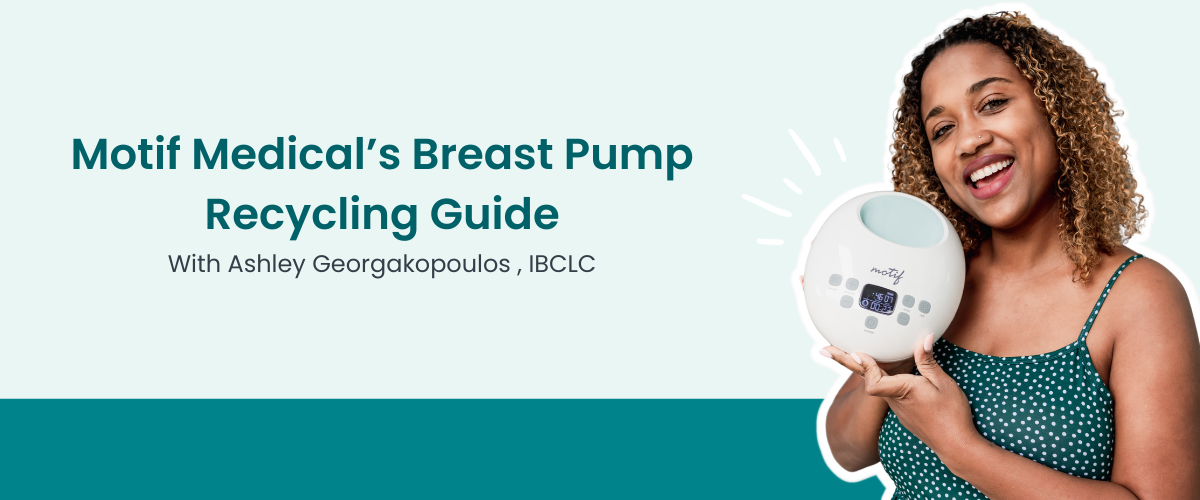Let’s discuss breastfeeding both comfortably and effectively after having a cesarean section. We know it’s important to bond with your little one, but it’s equally important to take care of your cesarean birth recovery and postpartum journey with comfortable positions, breastfeeding concerns, breast pumps, and when to reach out to a lactation consultant for breastfeeding help.
Initiating Breastfeeding
Some common concerns when initiating breastfeeding are:
- Pain at the incision sight
- Drowsiness
- Comfortable positioning
- General medications and pain medication
- Separation from baby between surgery and recovery room
- Multiples
While immediate skin-to-skin contact for the newborn and the mother is recommended and encouraged, mothers who have to undergo a C-Section may have complications with this step. From pushback from the staff to wait for the recovery room, to sheer difficulty from numbing and drowsiness, this circumstance can make it difficult to immediately offer to breastfeed.


However, with more encouragement and information of benefits, more hospital staff are finding ways to make it happen, usually with the help of having the partner or doula bedside to assist the mother in holding the baby steady on the mother’s chest!
ave a conversation with the health care provider ahead of time of your wishes of the early days to help your baby initiate breastfeeding by having the opportunity to engage in immediate skin-to-skin contact. This step not only helps with encouraging the baby to eat, but also:
- Reduces risk of low blood glucose
- Reduces risk of developing jaundice (which is quite common in babies born via C-Section due to waiting to feed)
- Regulates temperature in the baby
- Regulates blood pressures in both mom and baby
- Encourages milk production and milk supply hormones in the mother
- And many other benefits!
Finding Comfortable Breastfeeding Positions
Breastfeeding may be uncomfortable at first if the baby is putting pressure on the incision site since a C-Section is a major abdominal surgery. Finding ways to have successful breastfeeding sessions can be tricky but getting the right breastfeeding positions While some massage on the uterus is required to help shrink the organ back down and prevent blood clots, it’s understandable to need a break from the discomfort. A lactation consultant or IBCLC can be a great resource to learn different positions correctly and help with any pain relief.
Football position may be the best position for the first few days, as the baby is held to the side, and his or her body not laying on top of the incision.
An important note with this position: The baby’s entire body still needs to face the mother, not just the head and neck, in order to breastfeed comfortably and effectively. This important step allows for a deeper latch and more range of motion in the mouth for effective suck-swallowing motions in the baby. Utilize a pillow or breastfeeding pillow to maximize comfort for both the mother and the baby.
In the case of multiples, who are often born via c-section, football holds are the go-to for many. Using a breastfeeding pillow will help with strain of holding both in the position!


Reclined is a comfortable position for many, as well, as the baby lays on the chest like the initial skin-to-skin, and their body can be shifted diagonally and away from the healing wound. Side lying offers similar benefits as well!
Separation
Whether time in the NICU or the time in between the surgery and recovery room, the mother needs to find a way to stimulate milk-making hormones to fill the gap and protect long-term production goals.This also needs to be at a rate similar to what the baby would feed for. A newborn 1-3 days of age may feed as often as every 45 minutes to every 1-2 hours, so frequency is only helpful.
Colostrum is made in the second trimester, and ready upon delivery to express. This stage of milk, also known as the first milk and “liquid gold”, is primarily located just behind the areola within the breast tissue. This means that a pump may not be the best method to retrieve, but rather hand-expression. The massage and release technique can be used to catch this thick liquid to be given via many methods: spoon, syringe, medicine cup, finger. Other useful tools can be a silicone hand pump or gently priming the nipple with an electric pump for 1-3 minutes.
Once the placenta has left the mother’s body, no matter the birth method, this triggers the milk transition to begin. It is only encouraged and sped up by the retrieval of colostrum and stimulation of feeding or expressing! A delay in this step can mean a delay in the transition timeline, changing from the normal 3-5 days to 6 or more, which only complicates breastfeeding and pumping.
Pumping
Speaking of pumping, having a resource for pumps can help a complicated breastfeeding situation following a c-section. From priming the nipple on low suction to stimulate a letdown, also known as the milk-ejection reflex, to providing milk in larger volumes in the case of longer separation from the baby or inability to feed directly. As long as the baby is able to feed effectively and frequently, pumping is not an immediate need. However, a pump should be handy for good preparedness.
Flange sizing should happen in the third trimester, as this will be a close measurement to what is needed when mature milk is available. Both nipples should be assessed, as asymmetry is common and normal, and may need a separate size flange.
A silicone breast pump is a great tool for the occasional pumping or priming needs, while an electric pump is preferred for higher volume or long-term needs.


Medications
Various medications can be and are used for both the labor and surgery process, and of course, for recovery. A natural concern is whether or not the mother can breastfeed or provide breastmilk immediately following the surgery. In most cases, with few exceptions, the answer is, “yes.” There is an understanding that the mother will be breastfeeding or pumping.
There are some outdated concerns for certain circumstances, such as preeclampsia, in which mothers were told it was not healthy to provide their milk. Breastfeeding status and wishes should always be disclosed to the doctor when discussing medications and health issues.
An evidence-based resource to use in conjunction is LactMed, a free app and website from the National Institute of Health that addresses directly the subject of medications while lactating and offers alternatives if a medication is contraindicated.








